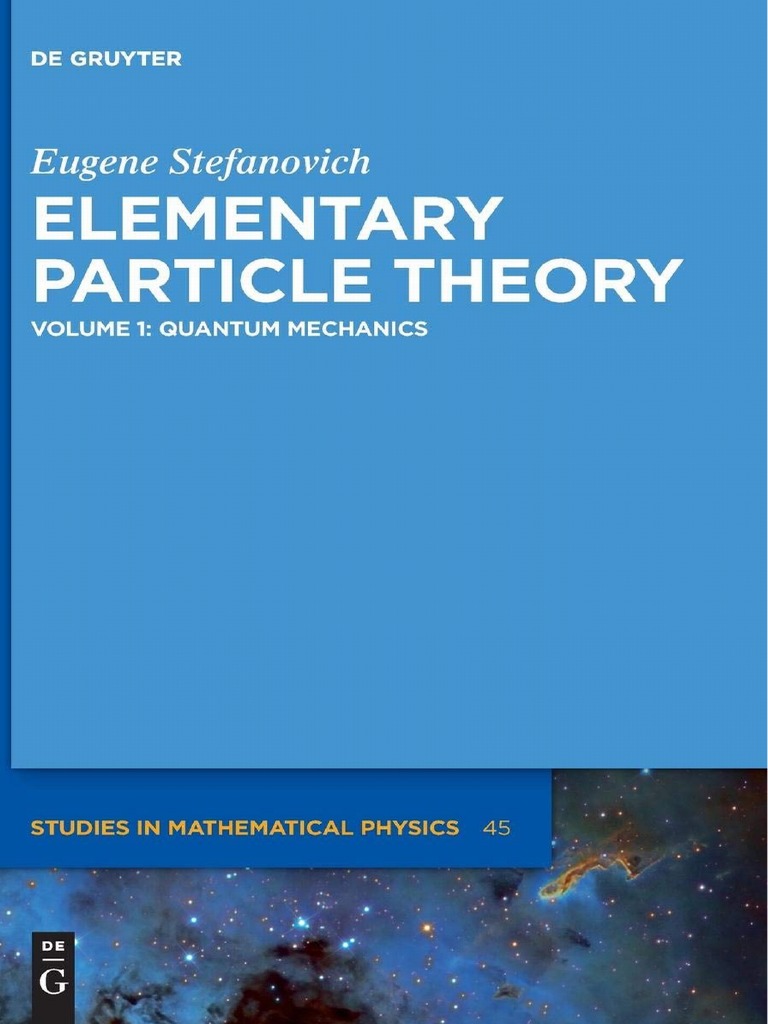The geometry of elementary particles is a profound topic that intertwines the intricacies of quantum mechanics, field theory, and the very fabric of space-time. Understanding this geometry requires delving into various aspects of particle physics, theoretical frameworks, and the mathematical underpinnings that govern these minuscule constituents of matter. An exploration of this subject reveals a rich tapestry of ideas that continue to challenge and inspire researchers in the field.
At the core of the discussion lies the distinction between point particles and extended objects. The traditional view, rooted in classical physics, regards elementary particles as point-like entities, possessing no spatial extension. This perspective simplifies mathematical descriptions significantly, particularly within the framework of quantum field theory. However, this notion raises critical questions about the true nature of particles. Do they possess any geometric characteristics, or are they merely mathematical abstractions?
Recent advances in theoretical physics have prompted a reevaluation of the point particle paradigm. String theory, for instance, introduces the concept of one-dimensional strings as the fundamental building blocks of the universe. These strings vibrate at various frequencies, giving rise to different particles and their associated properties. Thus, in string theory, the geometry of elementary particles becomes inherently linked to the geometry of the strings themselves. The vibrational modes and environmental conditions determine a string’s geometric configuration, leading to a dynamic interplay between geometry and physics.
A related aspect of particle geometry manifests in the study of gauge symmetries. Gauge theories describe how elementary particles interact through fundamental forces, with the geometry of these interactions often represented in terms of gauge fields. For instance, the behavior of electromagnetic interactions can be geometrically modeled through the gauge group U(1). This notion implies that the properties of elementary particles depend not only on their intrinsic characteristics but also on the underlying geometric structure of the space in which they exist. In essence, the geometry is a vital aspect that shapes the interactions and behaviors of these minute entities.
The implications of geometric properties extend to the investigation of spin, a fundamental characteristic of elementary particles. Spin is often visualized as an intrinsic form of angular momentum, akin to a spinning top. Classifying particles based on their spin leads to the categorization into bosons and fermions—two distinctive families with different geometric implications. Bosons, such as photons, exhibit integer spin and can occupy the same quantum state, allowing for phenomena like Bose-Einstein condensation. In contrast, fermions, which possess half-integer spin, adhere to the Pauli exclusion principle, leading to a geometrically richer and more complex framework in their interactions and arrangements.
Furthermore, the geometry of elementary particles intertwines with the topology of space-time. Topological considerations can illuminate aspects of particle behavior and interactions that mere geometric analysis may overlook. For instance, the surface topology of a particle can impact its quantum properties, influencing how it interacts with other particles. Techniques such as topological field theory aim to bridge the gap between geometry and quantum behavior, providing insights into phenomena such as anomalies and duality.
The study of elementary particles also involves examining their representations in various theoretical frameworks. The Standard Model of particle physics, for instance, encapsulates a multitude of particles and their interactions within a mathematical schema that inherently relies on geometric principles. The representation of particles within this model often necessitates an understanding of Lie groups and their associated algebra, revealing a sophisticated geometric landscape underlying the known particle interactions.
Moreover, approaches such as loop quantum gravity challenge conventional understandings of geometry in particle physics. This theoretical framework posits that space itself is quantized, consisting of discrete geometric structures. As such, elementary particles may emerge from the fundamental building blocks of space, lending another dimension to their geometric interpretation. The implications of this theory could transform our comprehension of how particles are interwoven into the fabric of the universe.
Experimental physics continues to contribute to our understanding of particle geometry. Particle accelerators, such as the Large Hadron Collider (LHC), facilitate conditions under which the properties and interactions of elementary particles can be probed. The results of these experiments frequently yield insights into the geometric nature of particles, offering empirical data that support or refute various theoretical models. In this sense, the synergy between theory and experiment is crucial for advancing our comprehension of particle geometry.
Finally, the philosophical implications of the geometry of elementary particles deserve mention. Questions regarding the fundamental nature of reality, the role of observers, and the underlying structure of the universe are all influenced by how we understand particle geometry. Whether viewed through the lens of philosophical inquiry or scientific investigation, the geometry of elementary particles remains an essential element in the quest for knowledge in the realm of physics.
In summary, the geometry of elementary particles is a multifaceted area of study that encapsulates various dimensions of theoretical and experimental physics. From the foundational principles of quantum mechanics and gauge theories to the dynamic interplay of geometry with string theory and topology, the geometric nature of particles presents an intricate web of ideas and methodologies. This rich landscape invites further exploration and discovery, ensuring that the quest for understanding the universe continues to be a vibrant and evolving field of inquiry.












